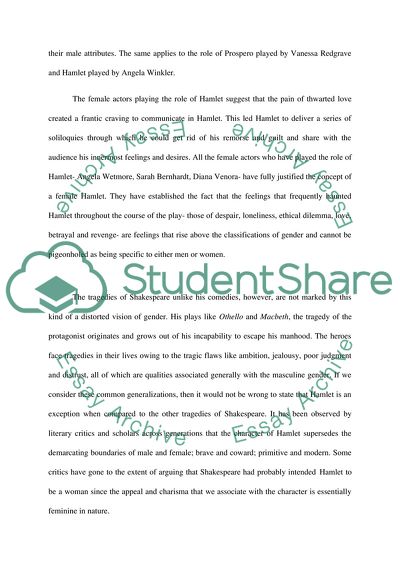Cite this document
(“Juxtaposition of Gender-Based Identities in Hamlet: A Feminist Essay”, n.d.)
Retrieved from https://studentshare.org/literature/1643835-hamlet-theoretical-framework-essay-feminist-writer-chooses-title
Retrieved from https://studentshare.org/literature/1643835-hamlet-theoretical-framework-essay-feminist-writer-chooses-title
(Juxtaposition of Gender-Based Identities in Hamlet: A Feminist Essay)
https://studentshare.org/literature/1643835-hamlet-theoretical-framework-essay-feminist-writer-chooses-title.
https://studentshare.org/literature/1643835-hamlet-theoretical-framework-essay-feminist-writer-chooses-title.
“Juxtaposition of Gender-Based Identities in Hamlet: A Feminist Essay”, n.d. https://studentshare.org/literature/1643835-hamlet-theoretical-framework-essay-feminist-writer-chooses-title.


